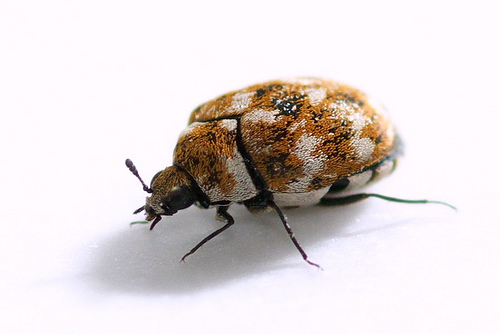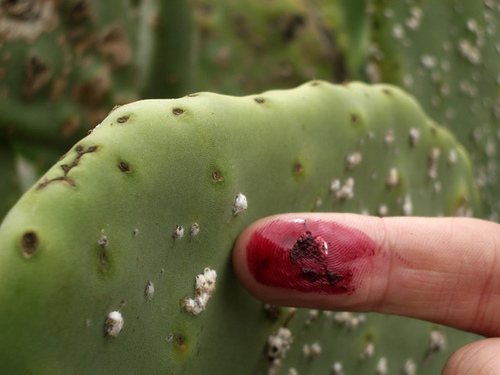Join me as we explore some fascinating and interesting facts about insects.
How Do Butterflies Differ From Moths?
There are three visible differences. The antennae of a butterfly have little knobs at the ends, but the antennae on a moth’s head are feathery and often branched. The butterfly’s body is nipped in at the middle, while a moth’s body has a little “waist”. Butterflies do not have a mechanism for hooking the fore and hind wings together but moths do.
Other differing features are their habits. All butterflies, but only a few moths, fly by day. Consequently, butterflies are generally more brightly colored than moths.
The world’s largest butterfly is the Queen Alexandra’s Birdwing from Papua New Guinea with a wingspan of 28 cm (11 in). The owlet moth of Brazil has been recorded with a wingspan of over 30 cm (11.8 in).
Surprising Beetle Facts
The sexton beetle performs a useful service, both to itself and nature, by burying any dead mice, birds or other small creatures it finds. A pair will excavate the soil beneath the corpse until it sinks into the earth. The body is covered and the beetle lays its eggs to provide a good supply of food when the eggs hatch.
Carpet beetles have lived in corked bottles for two years with nothing to feed on but their own discarded skins.
Cochineal comes from beetles collected by people in Mexico. These are then dried and crushed to a fine powder which is mixed with water to make a rich dye. To make 1 kg (2.2 lb) of dye about 150,000 beetles are needed.
Who is the Stronger Then?
It is astonishing to learn that an ant can lift much more weight in proportion to its size than can a man. An average man can lift a little more than his own weight, but an ant can lift fifty times its own weight.
How Does A Spider Spin its Web?
Like insects, lobsters and crabs, spiders are arthropods, which is Greek for ‘jointed legs’. Spiders have eight legs; insects have six.
A spider’s body is in two parts with six silk glands at the end of the back part. From these glands comes a liquid which turns to silk on contact with air. As it is produced, the spider holds the silk thread with one leg and can vary the kind of silk. When spinning its web, a garden spider begins with a large, thread square. Then it works from the middle to the edge, putting in about thirty strokes or rays of thread. Then it changes direction again and makes a series or sticky spirals from the center outwards. To complete the web the spider spins a thread from the centre to a hiding place nearby.
Web can be 3 m (9.8 ft) across or as small as a postage stamp. In more primitive times spiders and their webs were swallowed whole as a reputed cure for jaundice.
Here”s more interesting facts:
* Fleas can jump up to 25.4 cm (10 in) in the air – many, many times their own height.
* A dragonfly can catch its prey by forming its legs into the shape of a basket.
* A type of wasp digs a hole in sandy ground in which it deposits its eggs. It then stings an insect to paralyze it and puts it with the eggs to provide a really supply of food when the young hatch. To protect its eggs from any predators the wasp uses a pebble to push sand into the hole and to smooth the surface over.
* A medium—sized swarm of locusts contains about a million insects and consumes about twenty tonnes of food a day.
* In the 1600s, Queen Christina of Sweden detested fleas so much she ordered miniature cannon to be built – just 10.2 cm (4 in) long- and she fired it when never she saw a flea. It is not recorded whether or not she was successful in killing any!












I am thankful to you because your article is very helpful for me to carry on with my research in the same area. Your quoted examples are relevant to my research as well.